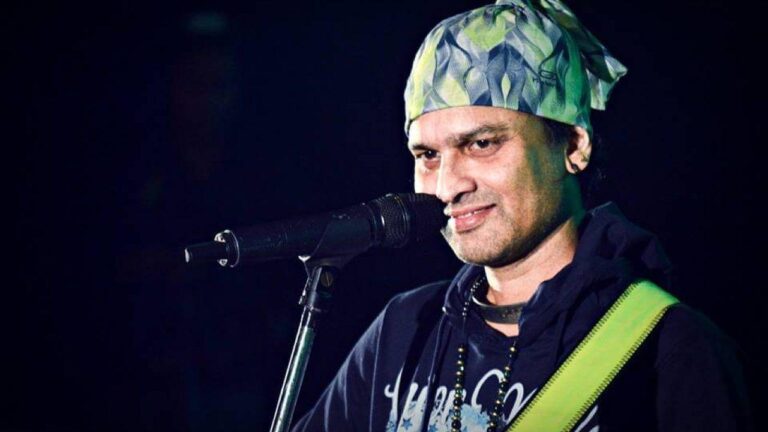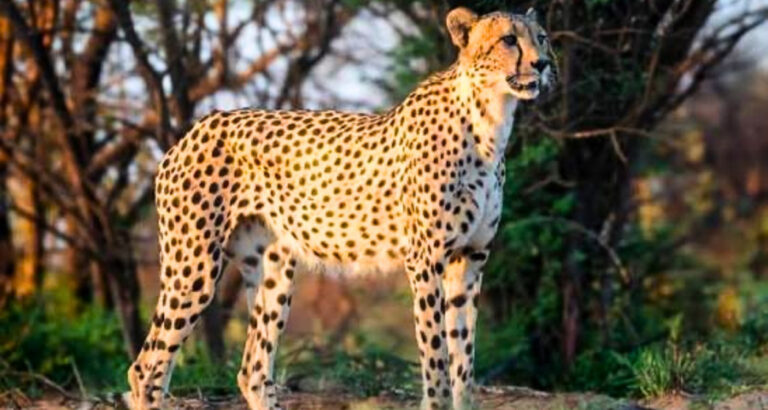
India’s handloom sector is witnessing a significant resurgence. As conversations around sustainable fashion, indigenous art, and cultural preservation grow stronger, traditional weaving communities are regaining attention and recognition. The loom, seen as a symbol of heritage, is now also a symbol of resilience and renewal. From artisans in Nagaland to skilled weavers in Telangana, handloom weaving continues to prove its worth. It shapes identity, economy, and pride; especially for communities on the margins of mainstream India.
With over a hundred distinct handloom traditions, India’s textile legacy is undoubtedly one of the richest in the world. Each weave tells a story rooted in the land from where they originate and its local customs. The Benarasi silk, the delicate Chanderi, the bold Telia Rumal of Andhra Pradesh, all reflect regional brilliance.
Layers of Diversity in Handloom

(Art by @nasir_doom on Instagram)
In the Northeast, each tribe has its own unique patterns, often woven by women on backstrap looms. These shawls are not just garments but carry deep meaning related to their tribe, status, and identity. In Manipur, textiles like the ‘Phanek’ of the Meiteis and the ‘Kashan’ of the Tangkhuls hold ceremonial and cultural importance. Arunachal Pradesh’s Apatani and Adi tribes weave nature inspired designs using natural dyes and backstrap techniques. Assam’s famous Muga, Eri, and Pat silk are prized for their luster, strength, and eco-friendliness.
The well-known pashmina shawls from Kashmir have made a name for themselves because of their vibrance and their texture. In Chhattisgarh’s Bastar region, tribal women weave Kosa silk on simple looms, while the Dongria Kondh tribe of Odisha are known for their vibrant shawls featuring geometric designs rooted in spirituality. Madhya Pradesh’s Bhil and Gond communities blend weaving with block printing and folk painting. Yet, many of these artisans struggle with market access, lack of visibility, and uneven income despite the richness of their craft.

Recognition and Inclusion
With the National Handloom Day coming up on August 7th, 2025, the past year has seen a renewed wave of interest in traditional handlooms across fashion and media. Leading designers and ethical fashion brands are increasingly using tribal weaves in mainstream collections. Influencers and advocates for sustainable fashion are promoting handloom garments using popular hashtags like #VocalForLocal, helping younger audiences rediscover India’s textile roots.
Government efforts such as the ODOP (One District One Product) are beginning to include tribal artisans, providing training, financial assistance, and access to e-commerce platforms. The Union Budget 2025 has also channeled their focus on promoting traditional handicrafts and handlooms through an allocation of Rs 1,200 crore, which further serves as a stepping-stone to preserve our cultural heritage.

Indian Handloom Brand Week, that is to be held from August 7 to 9, 2025 at Bharat Mandapam, New Delhi, will feature weavers from all over the country putting their work on display. Events like these indicate a shift toward inclusion and equity in how Indian craft is presented and supported. However, challenges do remain. Power loom workers face intense competition, often depend on exploitative middlemen, struggle with limited knowledge of branding or market access and also sometimes lack of digital skills continue to restrict growth for many artisans. Additionally, tribal weaves often lack documentation or legal protection, making them vulnerable to imitation and plagiarism.
Despite these challenges, India’s traditional handloom sector continues to weave not just fabric but future possibilities. Supporting these communities is about preserving heritage, supporting sustainable livelihoods, celebrating cultural diversity, and empowering rural economies. As more people embrace conscious fashion and cultural pride, traditional weavers find relevance and recognition.
For more such articles, keep up with us at The World Times!



